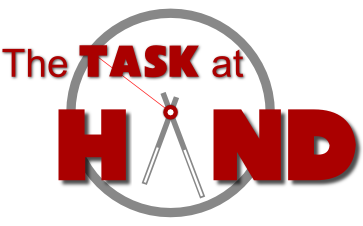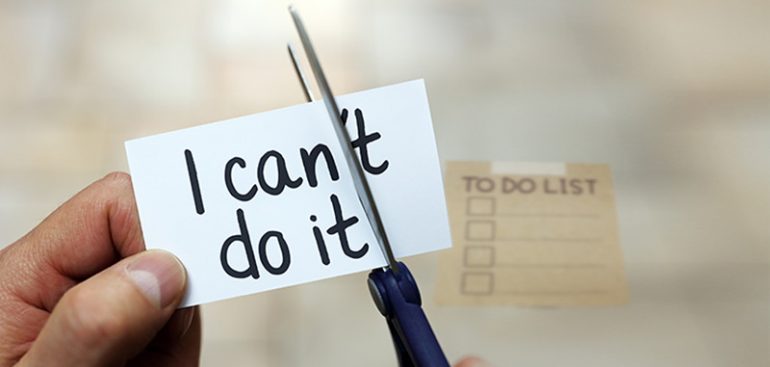Getting organized can improve your life, but it requires motivation and perseverance. When getting organized you first need to recognize the things that cause disorganization in the first place, understand your personal style, and choose the correct systems to implement moving forward. What works for one, does not necessarily work for all.
Here are three of the most common myths surrounding the process of getting organized.
Myth #1: I need a fancy organizing system to get properly organized.
I personally see this phenomenon every January – people flock to the stores to stock up on bins and totes. Now some people may actually need what they are buying – but my hunch is that many are buying all this stuff in hopes that it will solve all of their problems and get them organized. Most people stuff things in bins, stack the bins in a corner, a storage unit or a garage and call it good. A messy desk typically is more organized than a room full of bins if there was no plan or purpose that went int putting all of those items in bins. Oftentimes products go unused because the buyer didn’t ask these simple questions first.
- What is causing my disorganization?
- What type of products will help me create a system or enhance my current system?
- Does this product match my style?
- Should I sort and purge before using my new product?
The most common mistake people make in getting organized (and staying that way) is waiting too long to buy the product or replacement products. If you wait until the piles of paper have become unmanageable, you have endured a lot of unnecessary stress. The second most common mistake in getting organized is buying something that does not match your personal style. For example, if you like to create file labels on the run, consider label systems or tabs you can easily write on. If you prefer a more finished look, select an electronic or computer-based labeling system.
Myth #2: Only handle it once or (O.H.I.O.)
While this often-heard rule applies to items such as junk mail, it definitely doesn’t apply to on-going projects. Let’s face it. Some papers have to be handled more than once but “filing by piling” isn’t an efficient alternative either.
In order to avoid misplacing papers and spending time rifling through a stack, sort your papers into 6-8 categories. Then place each category into its own file folder, hanging file or project jacket. Take time to label each. Doing so will allow you to locate an item faster and avoid losing an important document.
Myth #3: You only have to get organized once.
If this were true, I’d quickly be putting myself out of a job. Getting organized and leading an organized life are two different things. For some people, the actual cleaning and organizing of an area is one thing; maintaining it is another. After getting organized, your spaces will become functional and will be enjoyed and used more often. This is a good thing. Learning to maintain an area doesn’t have to be sheer drudgery. Devote a few minutes at the end of your day to “visit” your recently organized area to assure that items are getting returned to their proper places.
As with any new habit, allow yourself the time to adjust to a new way of doing things. Getting organized (and staying organized) is on-going but it certainly allows for more peace and less stress in your day-to-day life.


